The Story of the Universe – How Science and Imagination are Intertwined
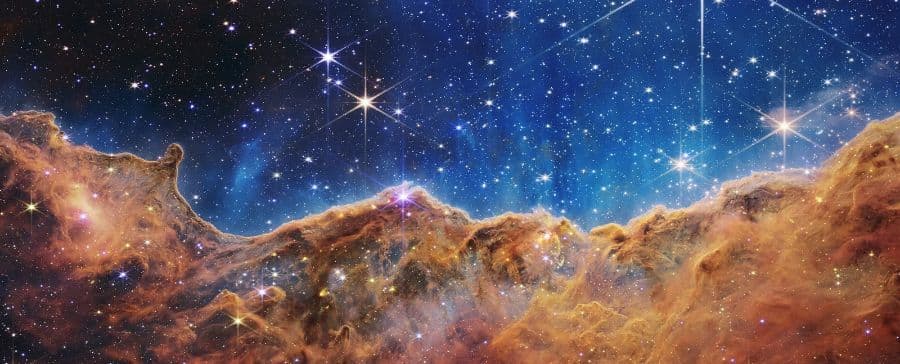
How was the Universe created? Such a BIG question to answer for young and curious minds – and it is the first question we explore in Montessori with Elementary children through the Story of the Universe, also known as The First Great Lesson.
Montessori’s Story of the Universe incorporates science and imagination by presenting scientific concepts in a narrative format that is engaging and accessible to children. The story is told in a way that captures children’s imagination and encourages them to ask questions and explore the world around them. By weaving together scientific facts and experiences with imaginative storytelling, this approach to education helps children develop a love of learning and a deeper understanding of the natural world.
Table of Contents
- Key Components of Telling the Story of the Universe
- How the Story of the Universe Inspires Imagination and Builds Children’s Curiosity
- Incorporating Science and Imagination Together in the Story of the Universe
- The Child’s Own Discovery
- Experiments on the ‘Laws’ of the Universe
- How Does the Story of the Universe Benefit Children’s Science Education?
- How Can You Connect Children to Montessori’s Story of the Universe?
- Try Montessori Laboratory’s Hands-on Science Lessons for Free
Key Components of Telling the Story of the Universe
The Story of the Universe is presented with beautiful visual imagery in the form of whimsical charts to explain the formation of Earth and the work of gases and heat. Montessori guides also perform a series of science experiments during this storytelling to demonstrate key relationships between different substances and to show how solids, liquids, and gases mix together in different ways.
This combination of story, imagery, and practical demonstrations is carefully planned and orchestrated to emotionally stir up reverence and awe in young learners about the magnitude of ‘work’ that has taken place to bring about the world that we know today.
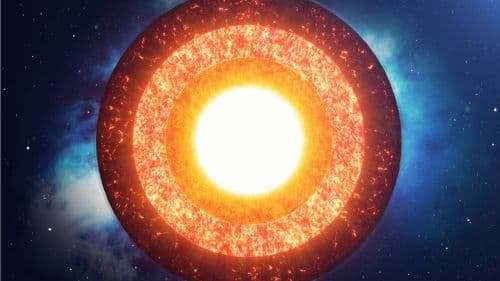

How the Story of the Universe Inspires Imagination and Builds Children’s Curiosity
Traditionally in a Montessori Elementary classroom, the school year begins with the telling of the Story of the Universe. This captivating tale revolves around the child’s place in the Universe and extends outward to the furthest reaches of the cosmos.
Setting the scene by explaining the BIG BANG followed by a struggle between the elements, the story explains how the structure of Earth was formed through a mixture of gases and heat. It also talks about the interrelationships between lava, rocks, water, and air as they relate to Earth’s formation. In doing so, the story perfectly sets the scene for the next four Great Stories that teach about how life on Earth developed, the coming of human beings, and the gifts of language and mathematics.
By starting with such a huge concept and moving inwards, a child is able to imagine the vastness of all that has come to be, and how these BIG developments have led right to a time when they themselves have become part of this tapestry of life on Earth.
The developing imagination of the young child is filled with so much awe and wonder. This lesson is able to work with their developing imagination and inspire them to not only have awe and reverence for how our Earth was formed, but also to develop a sense of responsibility to protect and nurture all that is contained on our Earth.
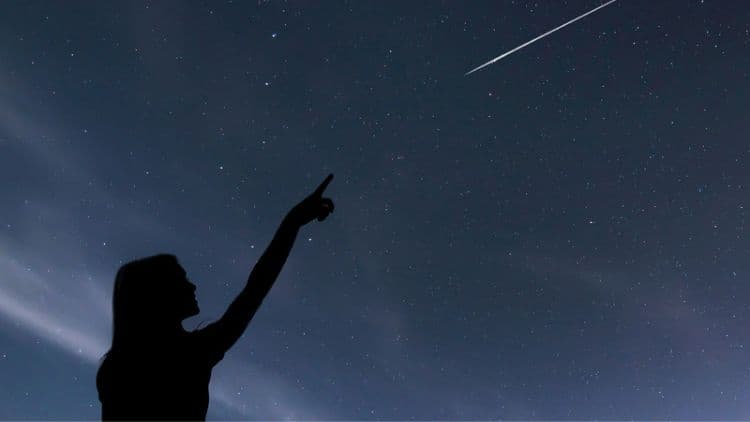
Incorporating Science and Imagination Together in the Story of the Universe
The scientific understanding of how the Earth was formed is constantly evolving as it reacts to various factors. However, the basic ‘laws’ that govern its formation remain the same. By sharing this story with a young child and presenting it with vivid imagery, charts, and science experiments, they can experience the wonder and awe of science in a tangible way. This helps to build a framework of understanding about how the ‘laws’ of Earth work and provides a reference point for future learning.
With this broad overview, children can establish a reference point for the BIG picture, and better understand how Earth fits into the Universe. They can then also begin to connect the dots between the various details of Earth’s physical properties and how they relate to one another.
The Child’s Own Discovery
After gaining a broad overview of Earth’s formation and place within the Universe, children can embark on their own journey of discovery through individualized, sequenced activities. These hands-on experiences and science experiments allow children to bring the concepts presented in the Story of the Universe to life and deepen their understanding of Earth’s physical properties. As they engage in these activities, their imagination continues to grow and they begin to grasp the intricacies of how the ‘laws’ of Earth operate. The possibilities for exploration are endless, and this is only the beginning.
For example, the simple act of mixing salt and water together to form a solution is something that we as adults may not give much time to the thought of. To a six-year-old child who is using their imagination to understand and build a reference point and framework for understanding the vastness of the Universe though, the practical experiment of forming a solution where salt disappears into water is an amazing hands-on experience. Early on in my teaching, I demonstrated such an experiment and I overheard two children aged 6 discussing it. They were in absolute awe: “The salt disappeared! That is the coolest thing I have EVER seen!”
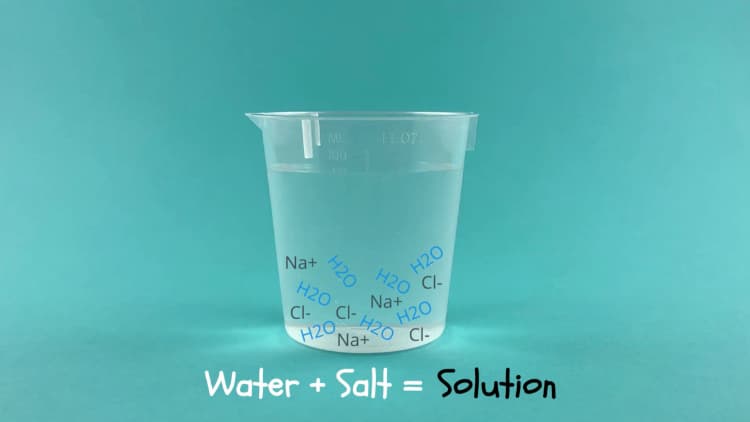
The sequence and blend of imagery, words, and experiences we provide them all come together and build on each other through the use of imagination. The beautiful thing is, that this is just the beginning of the experiments on how the ‘laws’ of the Universe operate.
Experiments on the ‘Laws’ of the Universe
The experiments and demonstrations shown during the telling of the Story of the Universe often include:
After the story, you might start to dive into topics like combining and separating, crystallization, properties of matter, the composition of Earth, the Solar System, the work of water, or wind … the possibilities are endless!
How Does the Story of the Universe Benefit Children’s Science Education?
The benefits of using Montessori’s Story of the Universe in education are numerous:
- By presenting scientific concepts in a narrative format, children are more likely to engage with the material and retain the information.
- By offering a tangible experience in the form of experiments, children are able to solidify the concepts that they learn about in the story.
- Through the combination of narrative and experiential learning, children build a collection of strong impressions coupled with real experiences that encourage their curiosity and desire to investigate further.
The use of imagination is so powerful, and the Montessori science curriculum utilizes the power of imagination to create awe-inspiring images of the real world and how it operates. Through hands-on science experiments, children can truly experience these concepts and gain a deeper understanding of their place within the larger framework of the Universe.
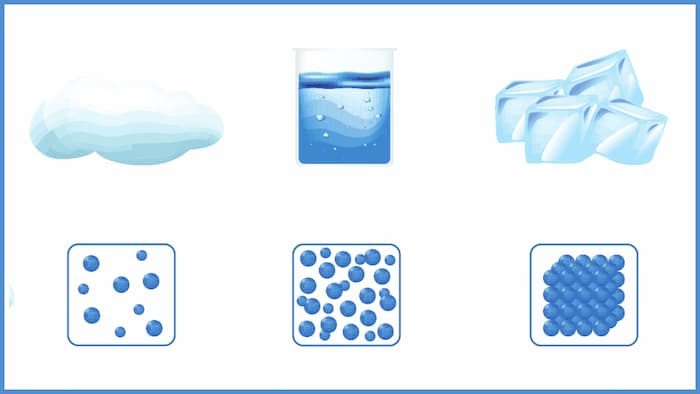
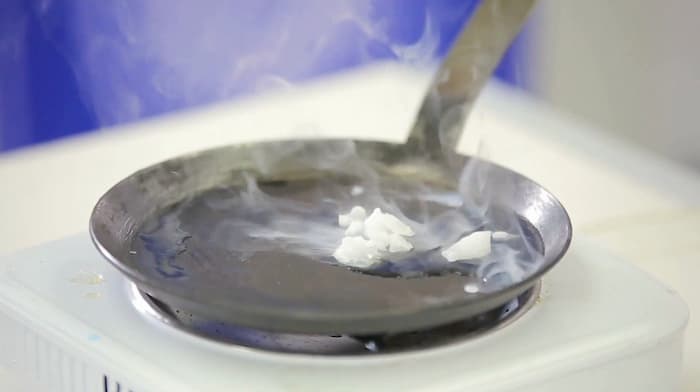
How Can You Connect Children to Montessori’s Story of the Universe?
After telling the Story of the Universe, you can continue implementing its concepts and teaching style by incorporating science and imagination together in a narrative format. This can be done through storytelling, looking at impressionistic charts and illustrations, doing hands-on science experiments, and engaging in other activities that aim to explore the natural world.
You should also encourage children to ask questions and explore their surroundings, which will foster a life-long love of learning within them and deepen their understanding of the world around them. With these strategies, you will help them develop the ability to think scientifically, and to always carry a sense wonder about the Universe with them.
Try Montessori Laboratory’s Hands-on Science Lessons for Free
Are you interested in seeing what Montessori Laboratory’s big-picture lessons, hands-on experiments, and engaging science activities are all about? Check out the free lessons below!
The First Great Lesson
Where did the stars come from? And the Sun? How was our Earth created? And what about the rest of…
Combining and Separating
Why does sand settle to the bottom of the ocean, but salt mixes in? How do people get sea salt out…
How Did Humans Discover Fire?
When did we start using fire? What 3 components does fire need to burn?
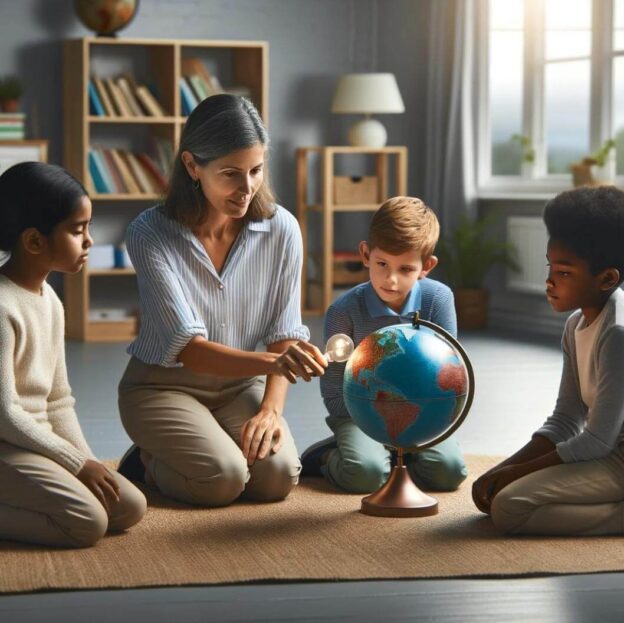
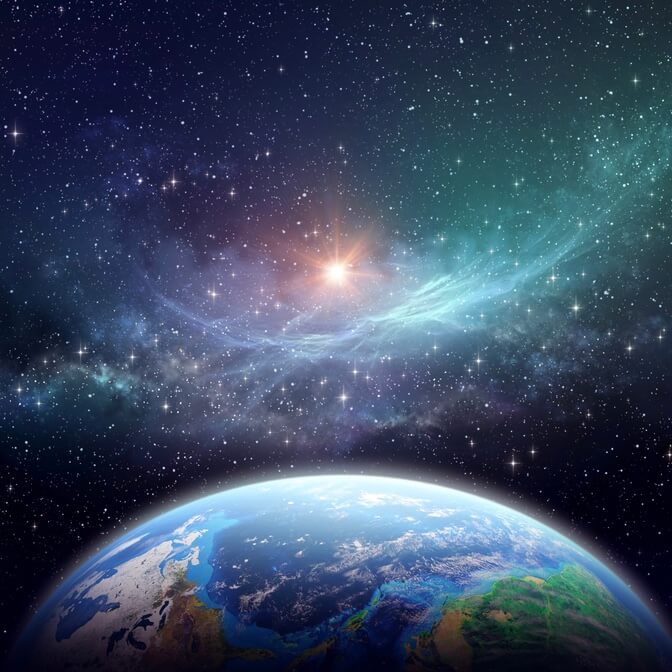

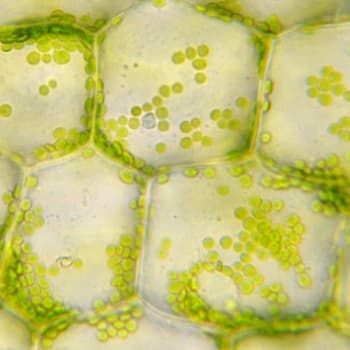

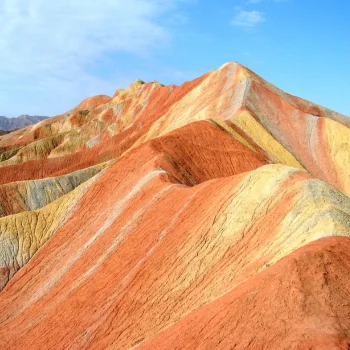
Responses